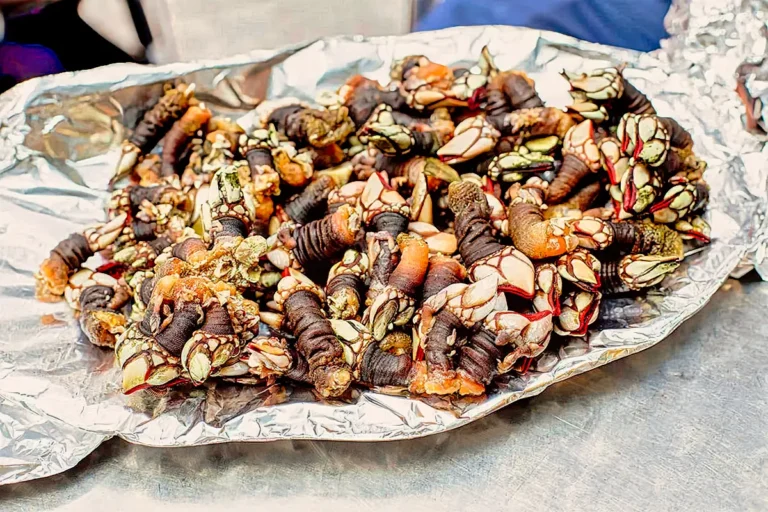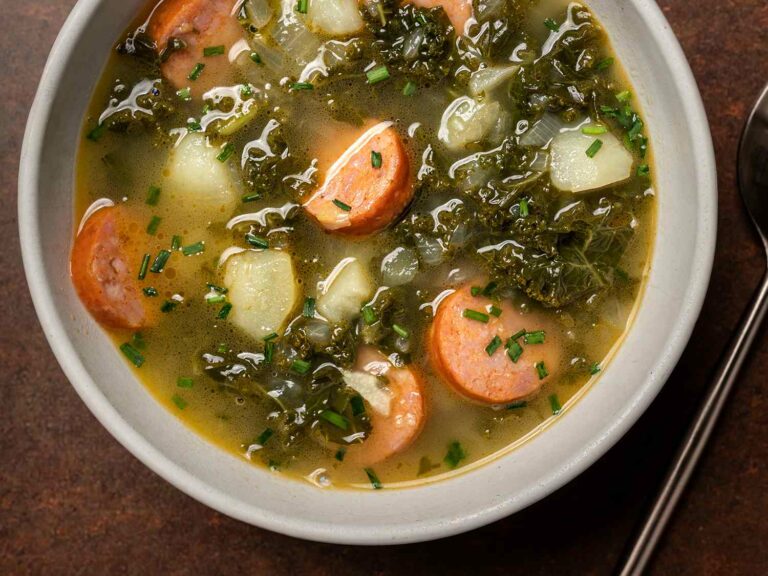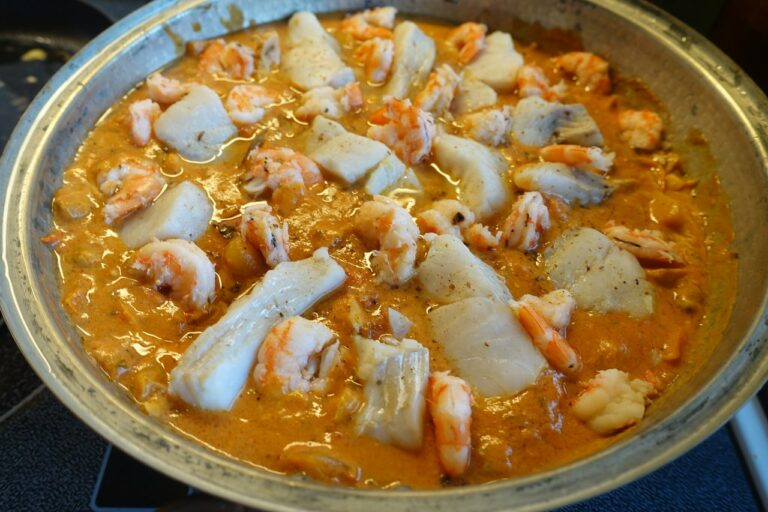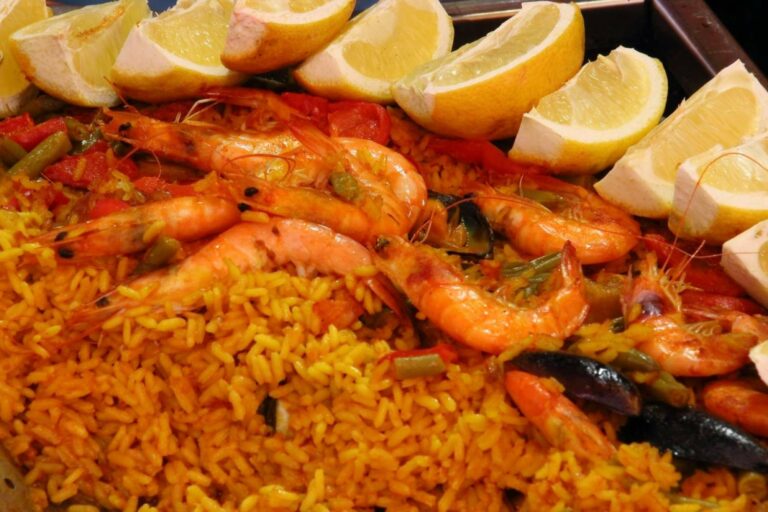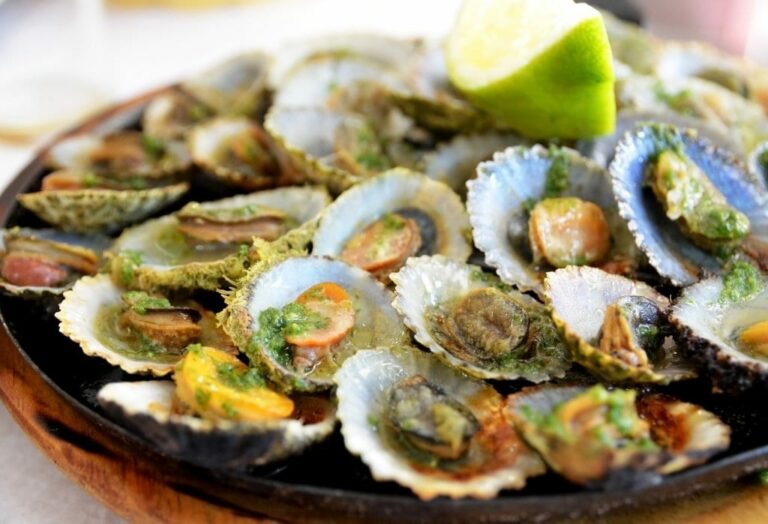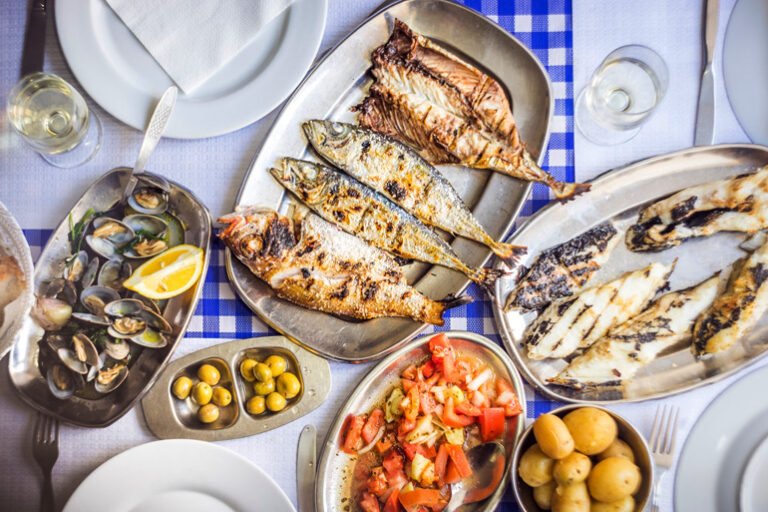Introduction: Cabo Verdean cuisine
Cabo Verde, a group of ten volcanic islands located off the coast of West Africa, has a rich and varied culinary tradition that showcases the country’s diverse cultural heritage. Cabo Verdean cuisine is a fusion of African, European, and South American influences, with Portuguese cuisine playing a particularly important role in shaping the flavors and ingredients of local dishes.
A brief history of Cabo Verdean cuisine
Cabo Verde’s history as a Portuguese colony for over 500 years has had a significant impact on its cuisine. The Portuguese brought with them new crops such as maize, potatoes, and cassava, as well as livestock such as goats and pigs. They also introduced the use of spices and herbs to flavor dishes, such as garlic, onions, parsley, and bay leaves. The African slaves that were brought to the islands also contributed to Cabo Verdean cuisine, introducing new cooking techniques and ingredients such as palm oil, beans, and yams.
The influence of Portuguese cuisine on Cabo Verdean dishes
Portuguese cuisine has had a profound influence on the development of Cabo Verdean cuisine. Many traditional Cabo Verdean dishes are based on Portuguese recipes and use Portuguese ingredients such as chorizo, bacalhau (salt cod), and chouriço (smoked sausage). The Portuguese also introduced the use of wheat flour to make bread and pastries, which are now staples of Cabo Verdean cuisine. One example is the popular dish, cachupa, which is a stew made with beans, corn, and fish or meat, and often includes pieces of chouriço.
Key ingredients in Cabo Verdean dishes
The key ingredients in Cabo Verdean dishes reflect the country’s diverse cultural heritage. African influences can be seen in the use of palm oil, beans, and yams, while Portuguese influences are reflected in the use of olive oil, chorizo, and bacalhau. Other key ingredients in Cabo Verdean cuisine include seafood, particularly tuna, lobster, and octopus, as well as vegetables such as cabbage, carrots, and tomatoes.
Traditional Cabo Verdean dishes with Portuguese influence
Many traditional Cabo Verdean dishes have Portuguese roots, such as cachupa, which is considered the national dish of Cabo Verde. Other examples include pastel com diabo dentro (pastries filled with spicy sausage), caldo de peixe (fish soup), and feijoada (a bean and meat stew). These dishes often incorporate traditional Portuguese ingredients and cooking techniques, but have been adapted to suit local tastes and ingredients.
Regional variations in Cabo Verdean cuisine
Cabo Verdean cuisine varies between the different islands and regions of the country. For example, on the island of Santiago, cachupa is often made with cornmeal instead of whole corn kernels, while on the island of São Vicente, a popular dish is espetada (skewered meat). The island of Fogo is known for its volcanic soil, which produces rich, flavorful crops such as coffee and wine.
Fusion cuisine in Cabo Verde: mixing Portuguese and African flavors
In recent years, there has been a trend towards fusion cuisine in Cabo Verde, as chefs experiment with blending traditional recipes with new ingredients and flavors. One example is the use of coconut milk in traditional Portuguese dishes such as caldo verde (potato and kale soup), creating a new dish called caldo verde with coco. Another example is the use of African spices and herbs to flavor traditional Portuguese dishes, such as the use of palm oil and chili peppers in bacalhau com natas (salt cod with cream).
Conclusion: the enduring legacy of Portuguese cuisine in Cabo Verdean dishes
Portuguese cuisine has played a key role in shaping the flavors and ingredients of Cabo Verdean cuisine. Traditional dishes such as cachupa, pastel com diabo dentro, and feijoada are all rooted in Portuguese recipes and techniques, but have been adapted to suit local tastes and ingredients. The fusion of Portuguese and African flavors in Cabo Verdean cuisine has created a unique culinary tradition that celebrates the country’s diverse cultural heritage.

